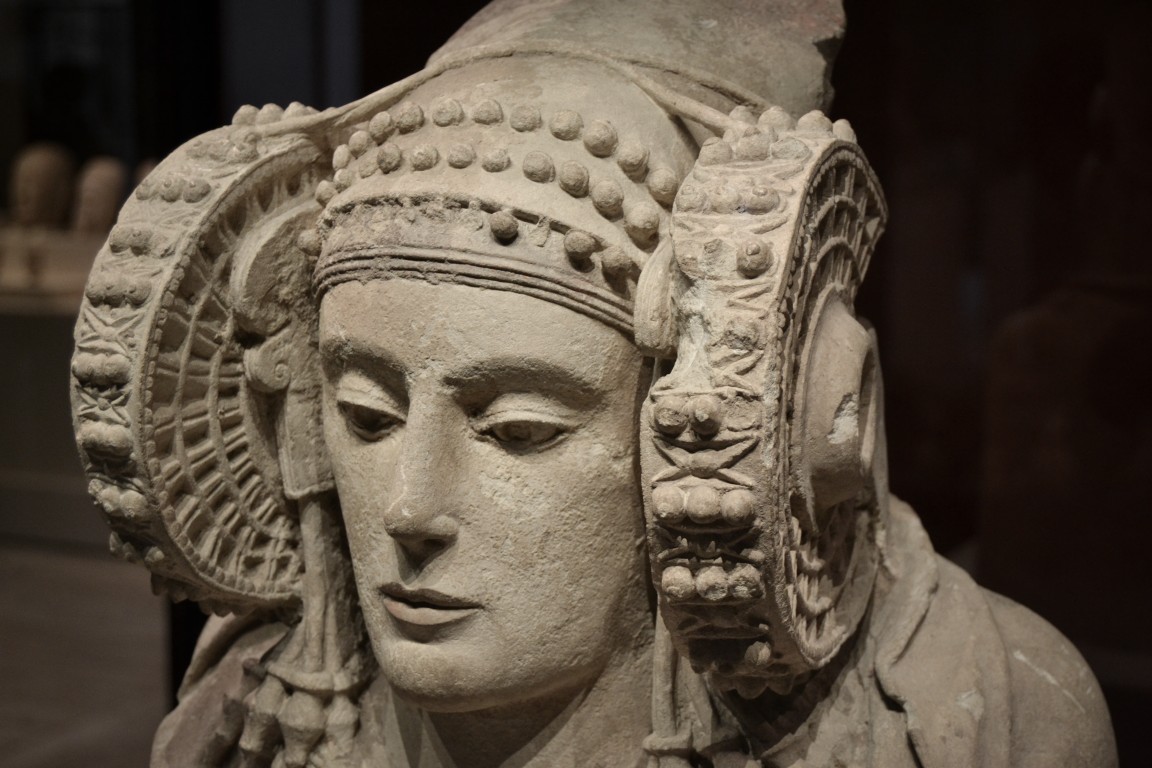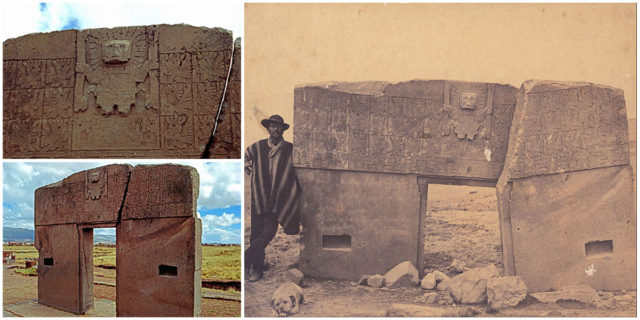
Creator
Cioffi, Paul L., 1928-2004
Repository
DigitalGeorgetown
Description:
Though little is known of Sbeïtla’s history, archeological evidence of this North African settlement shows that a Byzantine military outpost was built on the site of an earlier Roman town. Not far from remnants of a Capitoline Temple and two early Christian ecclesial buildings (4th/5th C.) are the remains of Saint Vitalis, a Byzantine church built in the 5th / early 6th C.
Although the basilica is largely gone, the baptismal font of Saint Vitalis and portions of its baptistery have survived. The baptistery was constructed as a separate space adjoining the main church, located directly behind the apse. The font is an unusual labial shape with two sets of four deep steps at either end.
Four stone bases set in the points of a square on the wide font rim suggest that a canopy or ciborium supported by columns once covered its basin. The font’s mosaic decoration includes geometric patterns, flowering vines and two large Greek crosses.
Centered on the square floor of its basin is a circle inscribing a Latin cross (which can also be read as a Greek chi) whose top arm curls into the Greek letter rho (the chi-rho–or labarum–is a monogram for Christ); beneath the horizontal arms of the cross are the Greek letters alpha and omega (the first and last letters of the Greek alphabet which, following the Book of Revelation, refers to God as the beginning and end of all things; early Christian writers and artists applied the symbol to Christ). An inscription written in large, underlined letters on the ledge of the font is a reference to the votive offering of the one(s) who probably donated money for the baptistery.ca. June 1984





